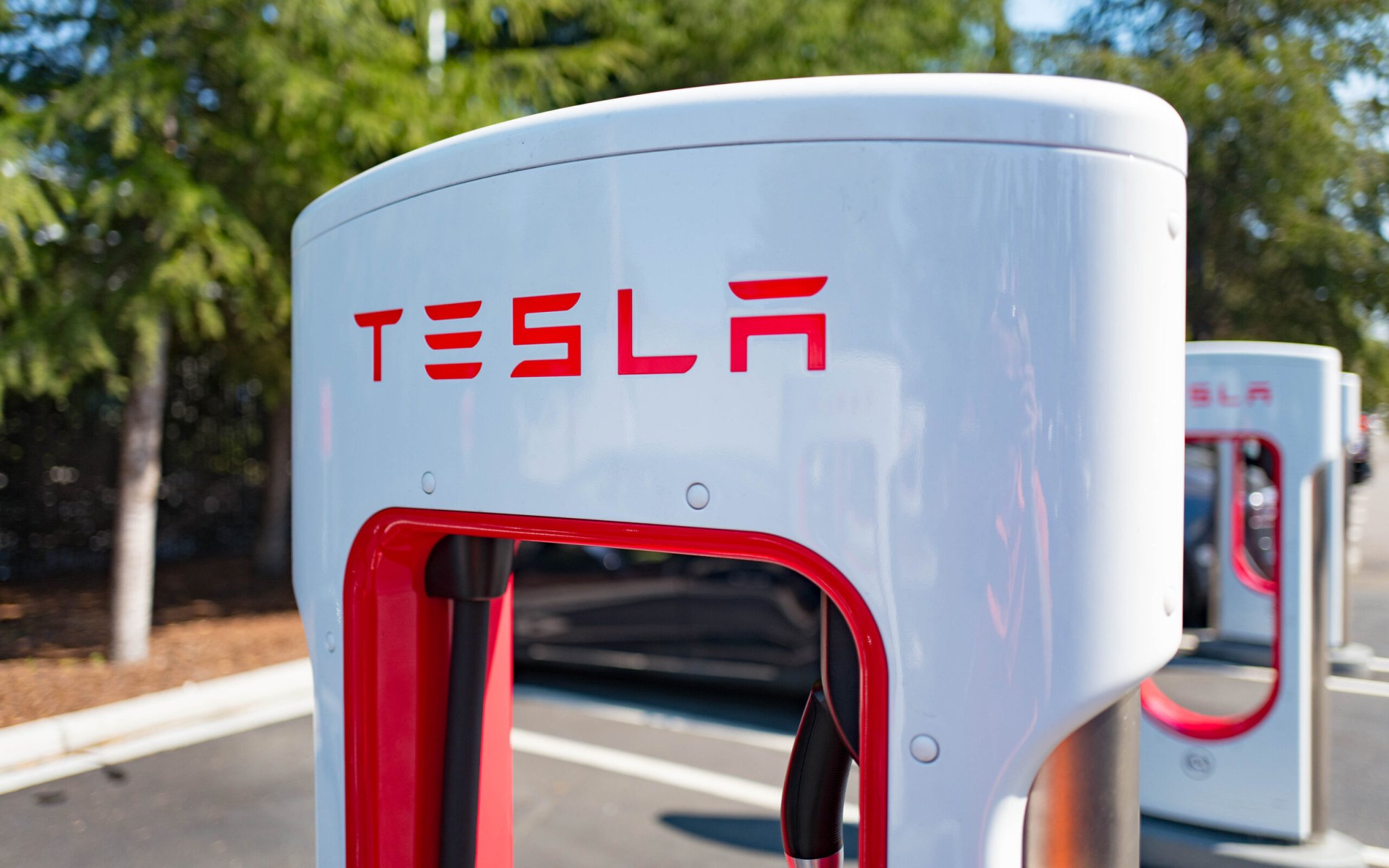

If there’s one consistent gripe among EV owners, shoppers, proponents, and opponents alike, it’s this: charging infrastructure isn’t up to speed with the cars on the road. On Wednesday, the U.S. government announced rules for massive programs to speed up the number of charging stations across America costing billions, including for the first time opening up some of Tesla’s vast Supercharging network along interstates and in cities.
In the agreement, Tesla says it’ll open up to 7,500 Superchargers for use by other cars by next year. At least 3,500 will be along highway corridors and will be accessible to all users via Tesla’s website or app. Tesla will also double its number of Superchargers, according to the agreement, although it doesn’t say how long that would take.
The wide-ranging plan announced by the Biden administration includes provisions for more than 100,000 public chargers from Tesla, Hertz, BP, General Motors, Mercedes-Benz, EVGo, Electrify America, and other companies. Those would contribute to a nationwide network of 500,000 chargers—compared to roughly 145,000 fueling locations (albeit with multiple pumps) in the U.S., according to the American Petroleum Institute.
Those public chargers would need to be “capable of supporting drivers’ fast charging needs,” although it doesn’t say how fast they’ll need to be. They’ll also be required to be working 97% of the time, be accessible on maps and include charging costs, and not require their own app or account to work. The announcement also says chargers used in the buildout would need to meet domestic assembly requirements to qualify for funding.
The announced $7.5 billion in spending comes after months of debate about the rules that were ultimately announced. One of the bigger sticking points was the domestic component requirements that require 55% of the EV chargers source material from the U.S., including iron and steel, and that the chargers are completely assembled in the U.S. After negotiations, those requirements won’t take effect until summer 2024.
Once complete, the program promises a half-million chargers for EVs, which would more than triple the number of chargers available today. According to S&P Global Mobility’s forecast that won’t be enough: the group estimates more than 750,000 chargers will be needed by the end of the decade.
Got a tip? Send it in to tips@thedrive.com